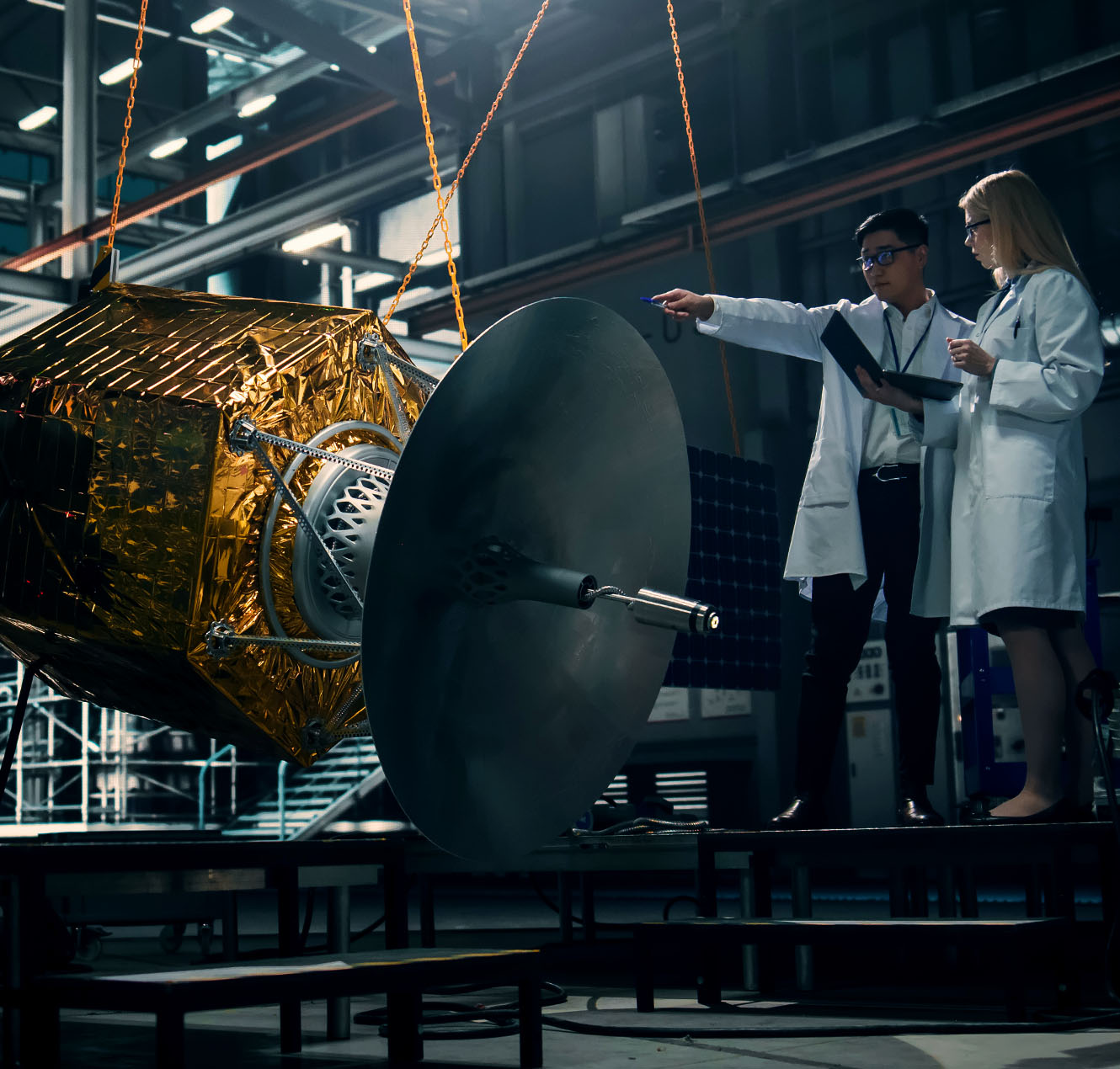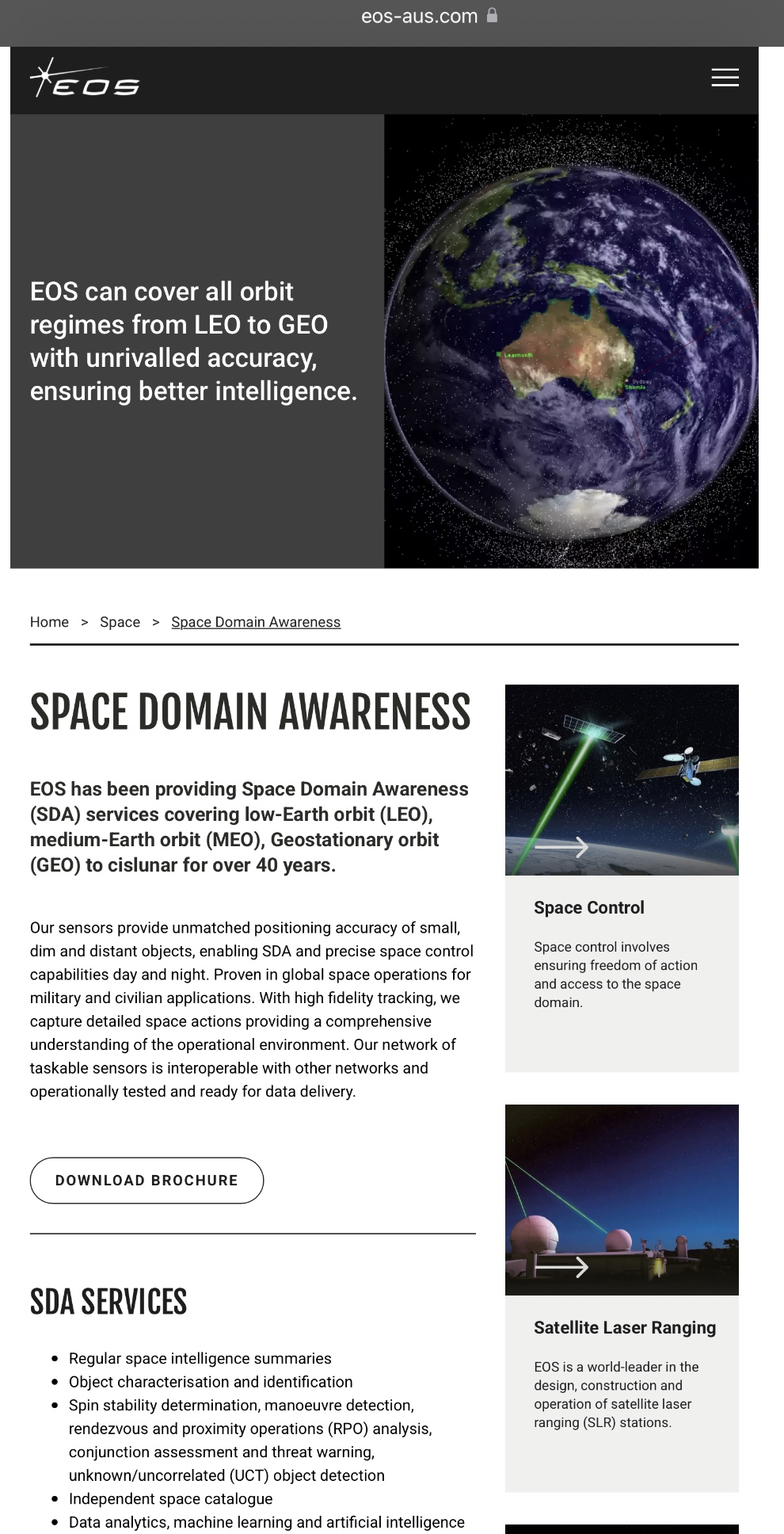Stable Genius
Regular
I think TENNs and Akida 3 are his babies!Is Tony having a baby?
That’d be worth breaking into song about!
I think TENNs and Akida 3 are his babies!Is Tony having a baby?
Whilst Akida 3 is to be celebrated would still much prefer a fat juicy contract with some millions of dollars attached.I think TENNs and Akida 3 are his babies!
That’d be worth breaking into song about!


Same thoughtsWhilst Akida 3 is to be celebrated would still much prefer a fat juicy contract with some millions of dollars attached.
It's time already.
Something to ponder.!

M Anthony LewisM Anthony Lewis • FollowingFollowing CTO@BrainChip | AI, Robotics, Disruptive ComputingCTO@BrainChip | AI, Robotics, Disruptive Computing 9m •
9 minutes ago • Visible to anyone on or off LinkedIn
Tony: Could be, Who knows? There's something due any day; I will know right away, soon as it shows. It may be cannon balling down through the sky, gleam in it's eye, as bright as a rose!
Tony: Who knows? It's only just out of reach, down the block, on a beach, Under a tree. I got a feeling there's a miracle due, gonna come true, coming to me!
Tony: Could it be? Yes it could. Something's coming, something good, If I can wait! Something's coming, I don't know what it is, But it is gonna be great.
TENNS, stay tuned.


Extremely interestingby Fergus Longbottom, who works as a software engineer in Space Domain Awareness / Remote Sensing for Canberra-based Electro Optic Systems (EOS):
View attachment 87642 View attachment 87643

LinkedIn Login, Sign in | LinkedIn
Login to LinkedIn to keep in touch with people you know, share ideas, and build your career.www.linkedin.com
View attachment 87644
View attachment 87645

World-leading defence and space systems technology | EOS
Creating world-leading space and defence systems technology to enhance the security of Australia and its allies.eos-aus.com
View attachment 87646 View attachment 87647

Space Domain Awareness | Electro Optic Systems
EOS has been providing Space Domain Awareness (SDA) services covering low-Earth orbit (LEO), medium-Earth orbit (MEO) and moreeos-aus.com

View attachment 87655
View attachment 87653 View attachment 87652
EOS also have subsidiaries in the US (https://www.eosdsusa.com/) and NZ (https://kiwistaroptics.com/).
Maybe his daughter is ???Is Tony having a baby?
 thinklucid.com
thinklucid.com
A new Embedded AI/ML intern at our Hyderabad office in India:

I’m happy to share that I’m starting a new position as Embeded AIML at BrainChip! | EETHA VEERA NAGENDRA KUMAR
I’m happy to share that I’m starting a new position as Embeded AIML at BrainChip!www.linkedin.com
View attachment 87673
View attachment 87674 View attachment 87675
Thanks, but how can you tell it is an internship and not more?
Okay folks, so in my mind's eye, I have personally checked with the Sean Hehir (not going to just say Sean, because then it could just be "any" Sean and it's not my intent to mislead any-one).Hey! Cheer up folks! This is the week, I was talking about!
Big Announcement Coming.
If I'm right, I will get cheers of adulation!
"You're the Best Dingo!"
"Wow Dingo, so prophetic!"
"We Love you DingoBorat!"
And if I'm wrong, I will be yelled and cursed at, until my voice is hoarse...
We are getting to the pointy end, where we should start to see some of these "9 million dollars" of "bookings" coming in..
That amount, for a Company like ours, is not much at all, but it completely depends on what it's for and "who" it's with.
The potential "value add" and "Gold in the ground" that an IP deal, with a Major Company could provide, cannot be under estimated.
Good Fortune to all Holders!
Notification regarding unquoted securities??Okay folks, so in my mind's eye, I have personally checked with the Sean Hehir (not going to just say Sean, because then it could just be "any" Sean and it's not my intent to mislead any-one).
And he has assured me 100% without reservation, that the Big Announcement will be coming out tomorrow, which is necessary to keep my prediction alive and True.
A Friday, is also well suited to such a momentous occasion, the gravity of which will take some time, for even the most positive BRN holder, to grasp the significance of.
I will sleep well tonight, in the comforting knowledge, of waking to the uncountable volumes of hearts to this post
Thanks, good post Diogenese, TATA obviously have end products in mind otherwise why would they bother taking out a patent.TCS gesture recognition using ultrasound sensor:
US11960654B2 Acoustic system and method based gesture detection using spiking neural networks 20220409
Inventors
GIGIE ANDREW [IN]; GEORGE ARUN [IN]; KUMAR ACHANNA ANIL [IN]; DEY SOUNAK [IN]; PAL ARPAN [IN]
Conventional gesture detection approaches demand large memory and computation power to run efficiently, thus limiting their use in power and memory constrained edge devices. Present application/disclosure provides a Spiking Neural Network based system which is a robust low power edge compatible ultrasound-based gesture detection system. The system uses a plurality of speakers and microphones that mimics a Multi Input Multi Output (MIMO) setup thus providing requisite diversity to effectively address fading. The system also makes use of distinctive Channel Impulse Response (CIR) estimated by imposing sparsity prior for robust gesture detection. A multi-layer Convolutional Neural Network (CNN) has been trained on these distinctive CIR images and the trained CNN model is converted into an equivalent Spiking Neural Network (SNN) via an ANN (Artificial Neural Network)-to-SNN conversion mechanism. The SNN is further configured to detect/classify gestures performed by user(s).
View attachment 87672
[0079] … This converted SNN can be implemented on neuromorphic platforms such as Brainchip Akida (e.g., refer “Brainchip unveils the akidatm development environment,” https://www.brainchipinc.com/news-m...chip-unveils-the-akida-developmentenvironment, 2019”), Intel® Loihi (e.g., refer “Mike Davies. et. al, “Advancing neuromorphic computing with loihi: A survey of results and outlook,” Proceedings of the IEEE, vol. 109, no. 5, pp. 911-934, 2021.”), etc. to achieve further power benefit (˜100×).
Is that you Doc Brown? Perhaps Akida is needed to upgrade the flux capacitor? Great move I reckon…I don't understand any of it, but he says he's using Akida!

#sss250vr #sss250fulldesign #viral2025 #savehumanity #sss250anthem #mozartai #architecture #innovation | Architekt Prof. Dipl. Ing. Leonhard V.
🚀 Architect Prof. Dipl. Ing. Leonhard Weingartner Unveils the SSS 250: A Triumph of Biomorphic AI Parametric Futurism 🌍 At 11:06 PM WEST, June 24, 2025, I, Leonhard Weingartner, a world-renowned visionary with 25 years of architectural mastery and 300 iconic projects in Asia (50% brought to...www.linkedin.com
View attachment 87681
